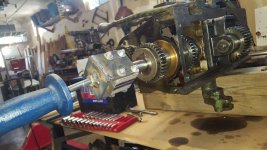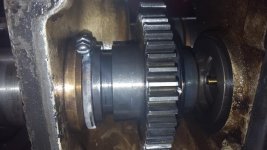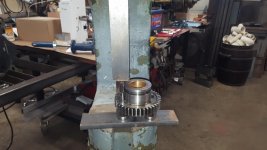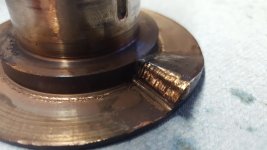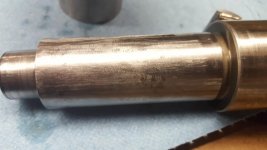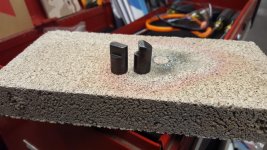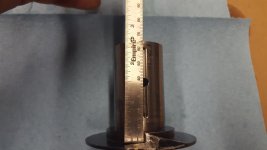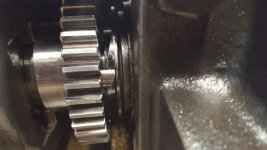kitno455
Titanium
- Joined
- Jul 9, 2010
- Location
- Virginia, USA
I'm sorry, I don't quite follow your descriptions, but are you saying you have a part that you know is removable, but you left it on in order to use it as part of your puller? Any chance it hides a fastener or other feature that would prevent removal of the entire assembly?
allan
allan



